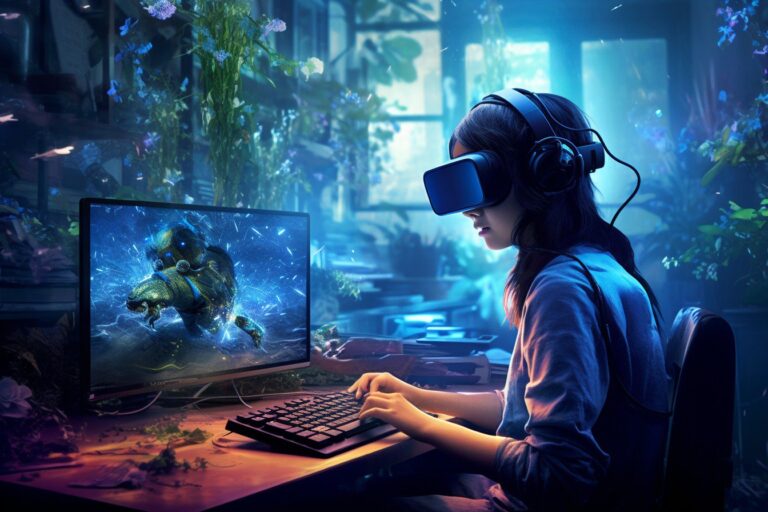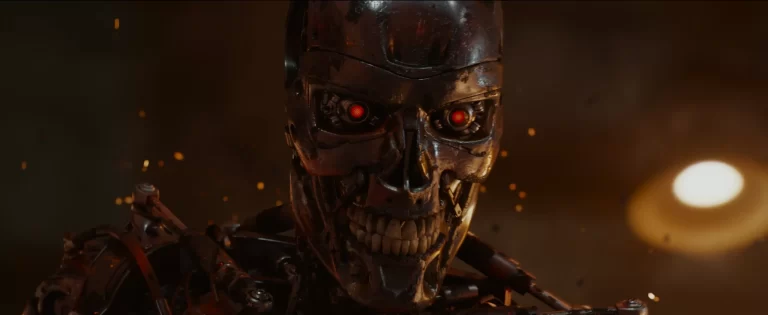Will A.I Replace Programmers?

The rise and transformational potential of artificial intelligence (AI), with machine learning models like ChatGPT, has sparked concern about the future of programming and software development.
According to a report by MarketsandMarkets–the AI market size is expected to reach USD 407.0 billion by 2027.
This connotes the hike of AI and a blow to the recruitment business.
While we navigate the technology frontier, speculation arises about the risk of job loss in programming and development.
Will AI replace programmers in the coming years? Or will it become an assistive tool?
92% of the programmers are already using AI tools like GitHub Copilot, Replit Ghostwriter, and CodeSee to enhance their productivity.
These tools are making the developers more creative by automating repetitive tasks or providing suggestions for codes.
Online educational pioneers like Khan Academy and Duolingo are already integrating GPT-4 based AI in their learning content delivery systems for adaptive feedback.
Let’s explore the opportunities and implications of AI models in programming.
What is AI in programming?
Artificial intelligence (AI) is the science of making intelligent machines, especially computer programs to automate tasks and understand human intelligence.
But, AI doesn’t have to confine itself to biologically observable methods.
AI can be used to launch software that can perceive, learn, reason, and find solutions.
Python is hands down one of the best language processing AI– followed by Java, Julia, Haskell, Lisp, R, JavaScript, C++, Prolog, and Scala.
These AI-powered coding assistants can automate code generation, spot bugs, correct mistakes and suggest codes.
I’ve personally used Kite and Codota and they’re pretty impressive with various languages and IDEs.
Programmers are important to develop AI software to write algorithms that analyze data and generate models to describe (or score) it in ways useful.
The Evolution of AI in Programming
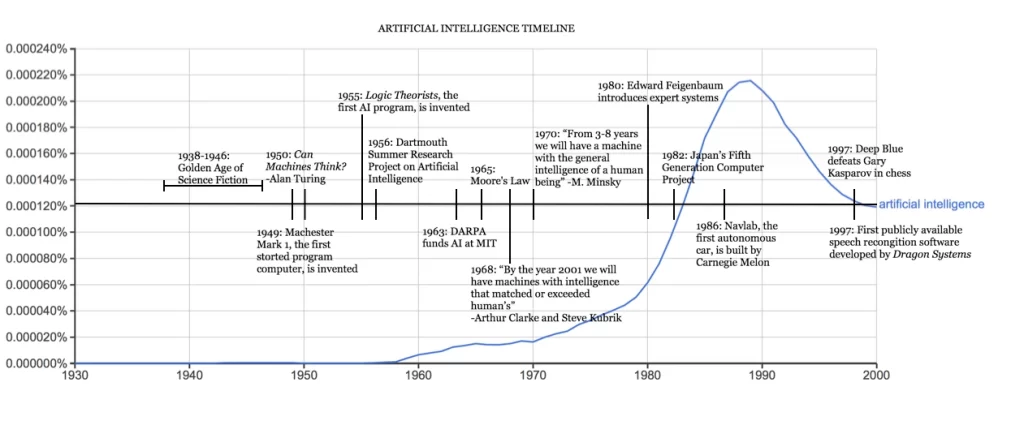
So, the evolution of artificial intelligence can be divided into three particular phases over history:
1. 1950-1970: Development of AI algorithms and method
During the 1950s and 1960s, researchers experimented with multiple approaches to AI– such as the rule-based system, decisions tree, and neural networks and the term ‘artificial intelligence’ was first coined by John McCarthy at the 1956 Dartmouth Conference.
In the same year, Allen Newell and Herbert Simon developed the Logic Theorist – the first program that could imitate human problem-solving.
In 1958, Frank Rosenblatt developed the Perceptron algorithm for pattern recognition which was a probabilistic model to store information and organization in the brain; inspired by the biological principles of a neuron.
Unfortunately, funding for AI research was cut off in the 1970s after reports criticized the lack of process. The difficult years that followed were called “AI winter”.
2. 1970-1990: Development of Symbolic Algorithms and Expert Systems also known as Knowledge Systems.
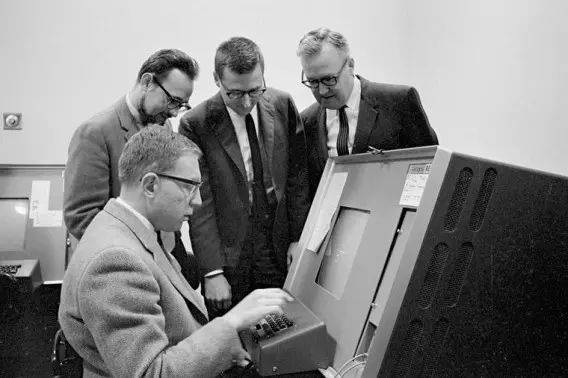
This period was divided into ‘AI winters and AI Summers’. In the 1960s- 1970, the AI winter rolled up everyone’s sleeves and followed years of heavy investment by the U.S. military.
Projects of physical robots and machine translation of Russian documents had taken place, yet no one achieved anything like the original functionality of the real world.
From 1974 to 1980, AI funding drastically declined.
The term AI winter is explicitly referenced to describe nuclear winters– an aftermath of a nuclear attack when no one’s allowed to live in an area due to high radiation.
The AI Summer of the Mid-1980s – early 1990s was driven by the success of expert systems like MYCIN and DENDRAL, which were widely adopted by businesses and industries such as finance, engineering, medicine, and manufacturing.
Government funds and research initiatives poured in with The Strategic Computing Initiative (US) and the Fifth Generation Computer Project (Japan) taking the lead.
Even a small-scale initiative like the Alvery program cost £200 million of public money as well as £150 million from industry so the investment was HUGE.
However, these projects were not only complex but required high intelligence, flexibility, and financial resources.
The second AI winter was caused by the global oil crisis and funding washed off for AI research.
A growing realization that the promises of AI had not been met and the technology didn’t develop as per expectations.
The term ‘AI winter’ then appeared in 1984 as a topic of public debate at the annual meeting of the American Association of Artificial Intelligence (AAAI).
The market for specialized AI hardware suddenly collapsed in 1987. Desktop computers from IBM and Apple were steadily gaining market share.
Researchers warned about AI and there was widespread disappointment to the point that the government finally stopped funding with AI seemingly being a loss for them.
3. 1990-Present: Machine learning and Deep learning.
This was the era when machine learning and deep learning were being investigated as a way to overcome the limitations of symbolic AI and neural networks.
While machine learning is an algorithm that can learn from perceived data, to create further outcomes and solutions.
Some of them include decision trees, support vector machines, k-means clustering, hidden Markov models, Bayesian networks, and genetic algorithms. Your GPS, self-driving cars, and Generative AI are all machine learning algorithms.
A part of computer vision–convolutional neural networks (CNNs) were popularized in 2010.
End-to-end models with speech recognition were created and proposed in 2014, which could directly map the speech signals to text setting recognition for benchmarks for Switchboard and Librispeech.
As part of Natural Language Processing (NLP), transformers were introduced in 2017 that could create powerful pre-trained language models like BERT, GPT, and T5 for question answering, text summarization, and natural language generation.
Today, AI has evolved into a powerful tool that enables machines to think and act like humans.
It has become prevalent enough to surround us. We have one of the smartest AI machines like Chatgpt, Bard, and Midjourney; even to the point that Harvard is creating an AI bot to teach its CS50 course in 2023.
The Alexa and Siri in your iPhone are a part of these machine learning programs as well and there’s probably no escape from machine learning today.
Will AI replace Programmers?
No, AI will not replace programming at least for now.
In fact, the U.S. Bureau of Labor Statistics (BLS) claims a 25-26% hike in employment for software developers in the next 10 years, overtaking the average across all occupations.
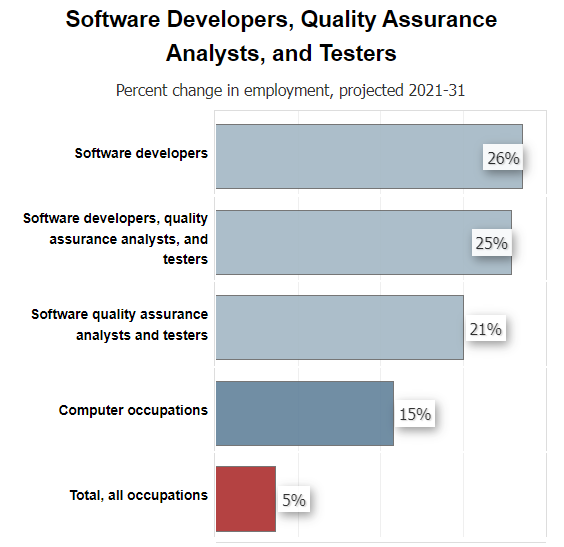
Programmers are needed to create and train algorithms that AI systems rely on.
While AI is undeniably powerful, it will complement the programmers’ work to give them the leverage to perform more creative and challenging tasks.
Microsoft and Cambridge University researchers have developed an AI that can code called Deepcoder that scans through a huge database to create the best possible arrangements for harvested code fragments, but it’s not as developed to span over a few lines.
In 2015, Andrej Karpathy created a project which used Recurrent Neural networks (RNN) to generate code by taking the source files and headers files) and merging it into a single giant document (it was more than 400 MB of C code), and trained the RNN with this code. Here’s the code:
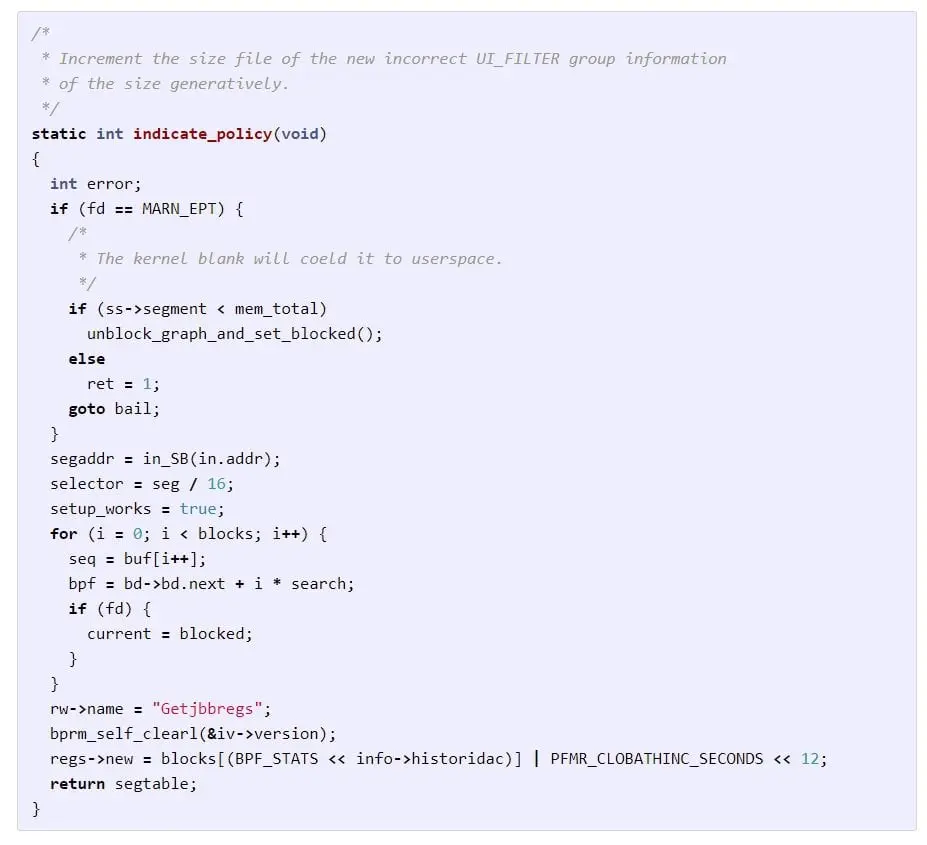
The AI generated the code overnight, which included functions and function decorations.
But not just that! It even had parameters, variables, loops, and correct indents with appropriate open and closed brackets with comments.
However, Andrej detected some errors for example variables weren’t used in some places and those not declared earlier were used.
A 2021 paper published by researchers at MIT showed that an AI program trained to verify and run a safe code can be tricked by making a few changes like substituting certain variables to develop a harmful program.
A.I. will only have a positive impact on the programming and development market–It won’t swoosh their jobs. Find out other jobs AI won’t be replacing anytime soon.
A.I is already automating several responsibilities like writing code templates and debugging which reduces the amount of time and effort by human programmers and may take a couple of years to enhance their assistive capabilities.
It’s no wonder that the median annual wage for software developers is $147,338 in the United States as of 2022.
Will GPT-4 Replace Programmers?
A study conducted by Malwarebytes concluded that ChatGpt generates codes that aren’t robust and in some cases–below minimal security standards. ChatGpt can create a secure code if prompted by a user.
When ChatGpt was asked to create a simple FTP server for file sharing, it generated a code without implementing input sanitization (Code checking for harmful characters).
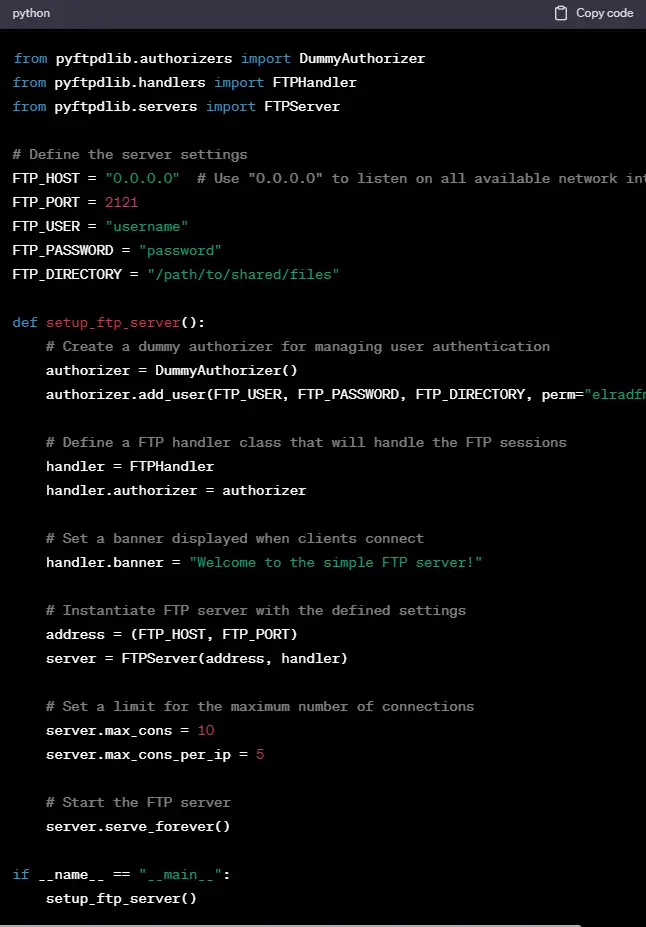
So, while ChatGpt may write a code, it has no guarantee. It may never be able to replace human creativity and critical thinking for software development.

Why Can’t AI Replace Programmers?
According to Goldman Sachs, AI may impact 300 million jobs but programmers are not one of them. Here’s why:
1. Complex Problems
Programmers are assigned to fish for creative solutions which require deep comprehension and innovative thinking skills.
These tasks are beyond AI capabilities as their algorithm can’t justify the logic of the codes or even specify the complex issue for a solution.
2. Human Creativity
Human programmers can design innovative and original ideas, products, and solutions that meet the expectations and requirements of users, unlike AI, which is limited to combining existing ideas to create similar or new ideas.
AI can’t produce or invent something new as it lacks the concept to synthesize the way humans do.
3. Subjective Programming
Coding and troubleshooting are mandatory skills for programmers, but there are a handful of subjective decisions that demand human intuition and understanding.
For instance, if you’re developing a web application that displays detailed statistics for a given data set, you may need to decide which stats to show, how to visualize them, and how you can eradicate invalid data depending on your target audience.
Business managers may prefer concise information like mean, median, and percentages, while statisticians would demand detailed information such as confidence intervals, outliers, and distributions.
These decisions are subjective and only a human can acquire the true intent or perspective of its users. An A.I can’t:
- Choose the most suitable algorithms and designs for a given problem
- Balance performance and functionality according to the needs of user
- Match the code efficiency and maintainability as per the standards of the industry.
4. Code Optimization
Though AI tools like OpenAI codex (GPT-3 based model that powers Github Co-pilot) can carry out code optimization–the tool struggles with higher level and multi-step prompts and contains errors.
OpenAI confessed at the launch of Codex that the tool doesn’t work 63% of the time, admitting to the flaws and limitations of A.I programming.
Even with the advent of AI coding, humans play a major role to verify and at most, writing the codes.
Is Programming Dead?
No, programming is very much alive. The Bureau of Labor Statistics says that employment related to computer and information technology occupations will face a 21% surge from 2021-2031.
After the blunders of AI tools, programming is even more appreciated and there’s a growing demand for skilled programmers.
AI can automate some tasks of programming but it can never replace the creative, critical, and innovative mindset of humans.
It cannot innovate, judge, or subjectify a code.




